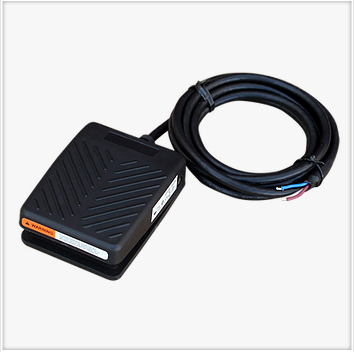Electric strikes were initially discovered to permit loft tenants to distantly open vestibule doors as opposed to walking down stairwells at whatever point a guest came to call. Albeit the force source was power, the framework was physically worked. An individual would actually press a catch to deliver the electric strike.
Most of those early electric strikes comprised of an electro-magnet and a spring-worked door. At the point when flow was applied to the electro-magnet, the steel door was drawn to the electro-magnet and the electric strike was delivered to an opened position. Since the electro-magnets were not exceptionally solid, the return spring for resetting the door to a bolted position must be sufficiently feeble to permit the attractive field to work while having barely sufficient spring solidarity to return the door to the bolted position once the progression of power halted.
Electric strikes were initially intended to work related to spring locks. When the electric strike was bolted, it worked in a route like a strong strike plate. The door lock hook would be constrained internal as the door was shut. When the door was completely shut, spring activity would move the hook into an open region behind the electric strike guardian to get the door. At whatever point the electric strike was electrically incited, the attendant was allowed to crease far removed as an individual pulled outwards on the door handle. When the keeper collapsed far removed, the door could be opened despite the fact that the lock was not withdrawn. A proximity switch requires a pattern in the casing to permit the all-encompassing lock to go through the casing as the door is opened.
Visit www.uspswitch.com for more details



